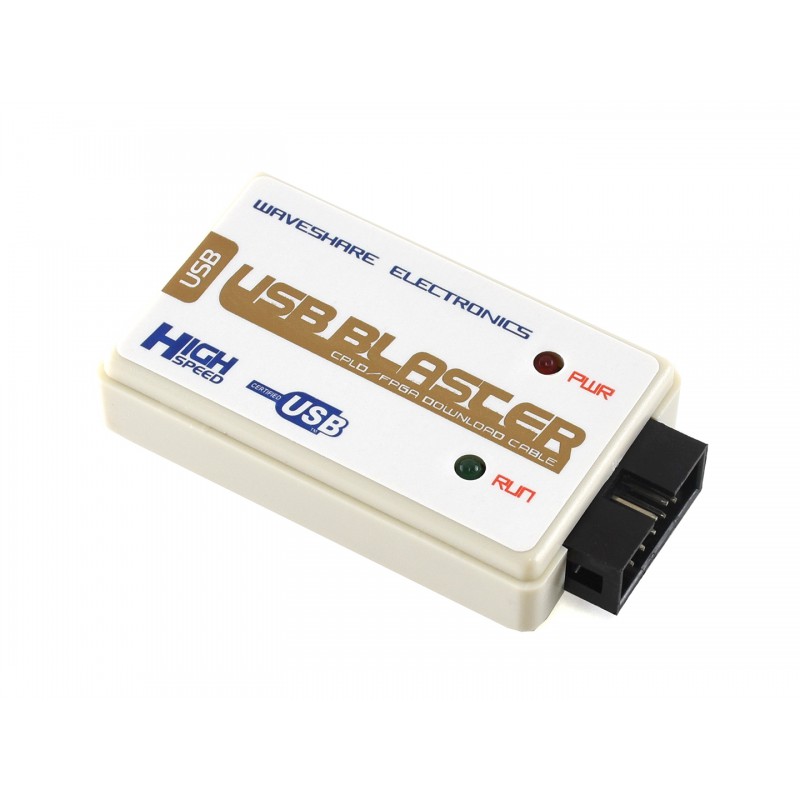

The main register added to a device specifically for JTAG testing is called the Boundary Scan Register (BSR). Very quickly however silicon manufacturers recognised the benefits of using the TAP to access registers offering other functionalities such as debug and programming. The TAP was designed to interact with new registers that were added to devices to implement this method of testing. This standard was developed to provide a technology for testing Printed Circuit Board Assemblies (PCBAs) without needing the level of physical access required for bed-of-nails testing or the amount of custom development needed for functional test. These four signals, collectively known as the Test Access Port or TAP, are part of IEEE Std. The debug and programming tools commonly associated with JTAG only make use of one aspect of the underlying technology – the four-wire JTAG communications protocol. JTAG is not JUST a technology for programming FPGAs/CPLDs. JTAG is not JUST a technology for processor debug/emulation. Processors often use JTAG to provide access to their debug/emulation functions and all FPGAs and CPLDs use JTAG to provide access to their programming functions. The JTAG standards have been extended by many semiconductor chip manufacturers with specialized variants to provide vendor-specific features. In 1990 the Institute of Electrical and Electronics Engineers codified the results of the effort in IEEE Standard 1149.1-1990, entitled Standard Test Access Port and Boundary-Scan Architecture. The Joint Test Action Group formed in 1985 to develop a method of verifying designs and testing printed circuit boards after manufacture. The interface connects to an on-chip test access port (TAP) that implements a stateful protocol to access a set of test registers that present chip logic levels and device capabilities of various parts.

#Altera byteblaster usb serial
It specifies the use of a dedicated debug port implementing a serial communications interface for low-overhead access without requiring direct external access to the system address and data buses. JTAG implements standards for on-chip instrumentation in electronic design automation (EDA) as a complementary tool to digital simulation. JTAG (named after the Joint Test Action Group which codified it) is an industry standard for verifying designs and testing printed circuit boards after manufacture. Uses standard 2×10 PIN JTAG connector,can be extended to 14PIN,10PIN ,6PIN through adapter board.Debugs all ALTERA FPGA SOC microcontrollers with JTAG interface supported by Qartus II.


 0 kommentar(er)
0 kommentar(er)
